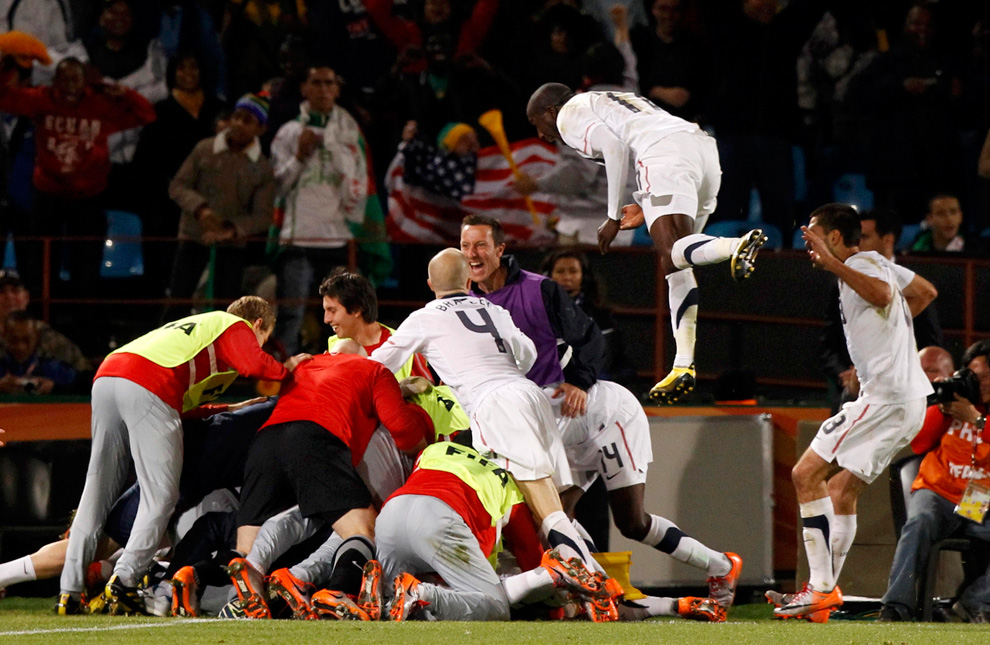Unity: Bundesliga and La Liga
So is there a common ground, a happy balance between the two? I’m glad I made you ask. A happy unity can be seen in two specific international teams recently. First is the Spanish national team that won everything they entered at the turn of the century. The probably could have won the NFL, the Olympics, and the Kentucky Derby if they had entered it. Next up is the current German side that looks poised to do the same. So where does this happy marriage of top tier leagues and top tier international teams come from? First of all, both teams use a system of centralized system for youth international training. This stems from a clear style of play that the national teams strive to play, almost like a national identity. Spain plays tiki taka (which was originally an insult, mind you) and like poetry in motion and the Germans’ play is industrious, hard working, and ruthless. This is something that the English and American teams lack at all levels of international soccer. The style comes mostly from the current coach. From there, the German FA put out huge incentives for teams to invest in youth and made it required for teams to have academies. Additional funding was available depending on the quality of your academy. They then set guidelines for what qualified as the qualities they were looking for in coaches and players, leading to an uptick in topnotch coaches and youth players. Similarly, the Spanish put a lot of focus into their youth academies, with one of the most famous academies in the world being Barcelona’s La Masia. In both of these systems, players benefited from playing together from a young age, leading to tight-nit groups of players that would have a great understanding when playing for the national team.
This has, of course, lead to incredibly strong teams, international and at the club level. The competition at different stages of the leagues is very tight. Once you get past Bayern, in the Bundesliga, the league becomes very difficult. Just look at Dortmund, who are near the bottom of the table in the league but undefeated in the Champions League. In La Liga, the tight grip that Barcelona and Real Madrid could be slipping a bit, with Atletico Madrid’s shock title win last season. The quality in the play all comes from the grassroots development of young players within the league.
So what can the US learn from this. Well, to put it simply, if the US wants to become a powerhouse in the international and club stages, invest in youth development. Invest in coaches and invest in the infrastructure to give these young players the best shot they have at making it. The US has so many kids these days playing the beautiful game that if every one in a thousand became world class players, we’d have one of the best teams in the world. All it takes is investing the money in the right places and patience. Beyond this, developing a national playing style and consistency throughout the United States soccer community will become essential. It’ll take time, but these efforts, given Spain and Germany’s recent success, are entirely possible.






